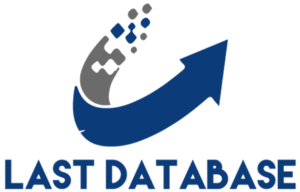Though this model offers many benefits, using it as part of your business operations may or may not be appropriate. Here we explore the benefits and drawbacks of XaaS, as well as questions for consideration, so you can determine whether this approach is right for your company.
XaaS Examples
Other XaaS types include Hardware as a Service (HaaS) in which providers own hardware that they install on customer sites, Communication phone number list as a Service (CaaS) in which providers offer phone, messaging, and video conferencing solutions, and Security as a Service (SECaaS) in which the provider delivers anti-virus software, encryption, authentication, intrusion detection, and more.
Another example of the XaaS model is Energy as a Service (EaaS). Companies take advantage of providers that manage and optimize a company’s energy usage by finding appropriate sources. They are also responsible for the overall cost. This arrangement reduces the need for CAPEX spending to accommodate specific energy requirements and creates predictable OPEX payments.
Companies that want to manage their energy use but don’t have the bandwidth to spare on this task can leave the responsibility to an expert, enabling their team to focus on core competencies. Such an arrangement could be particularly helpful for companies, organizations, or agencies with multiple or complex locations.
Benefits of XaaS
We’ve already mentioned some of the benefits of XaaS, including a consistent payment structure and the elimination of updates and 25 tips to optimize content for people and search engines maintenance. Here are some more:
-
- Scalability. Using the EaaS example mentioned above, say a company wants to add a new location to the one it already has. For an increase in the monthly fee, it can extend the EaaS to the new facility, leaving that part of operations up to professionals with a keen understanding of the specific requirements. The same can be said for every other XaaS out there.
- Flexibility. Companies can ramp up or ramp down specific XaaS and add new ones as market conditions demand. This ability is in contrast to previous times when taking on a new service may have meant purchasing multiple software packages, upgrading networks, and even buying new hardware.
- Cost savings. Again, using the EaaS example, a company that pays a monthly fee for this service may end up spending less than they would if they sought out individual providers.
Disadvantages of XaaS
While companies do gain many benefits from using XaaS, they also find some disadvantages, primarily related to security concerns. Additionally, when services are available only online and internet service is disrupted, users may not be able to gain access.
Also, the quality of service may be spam data denigrated as these services gain popularity and more people use them. Apps running in virtualized environments can face integration issues. And customers give up the control they have if something goes wrong. Instead, they must depend on their service provider to fix problems promptly.






